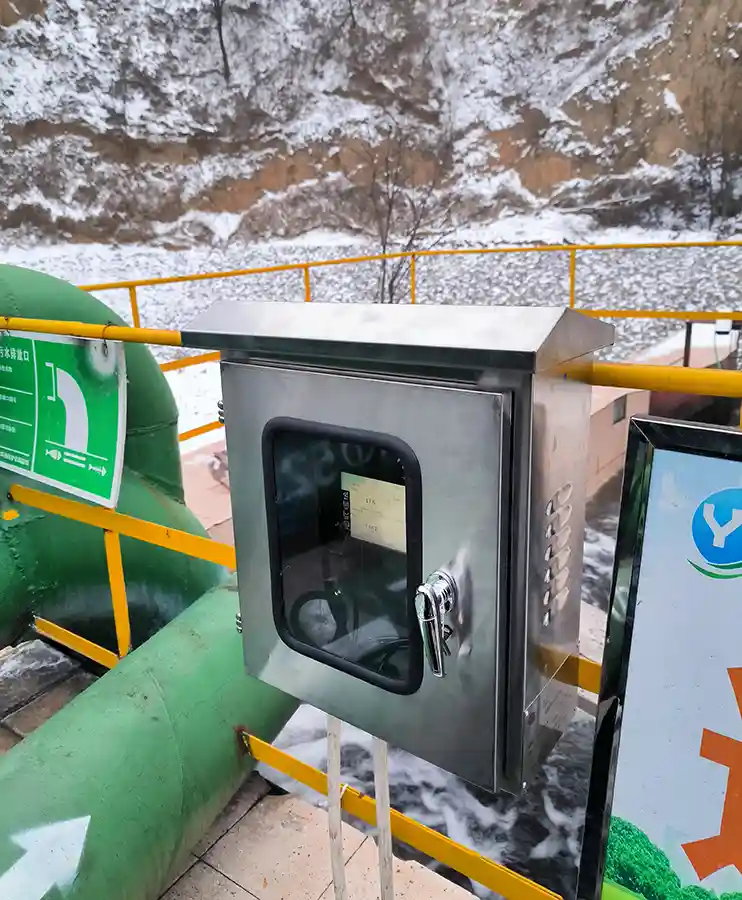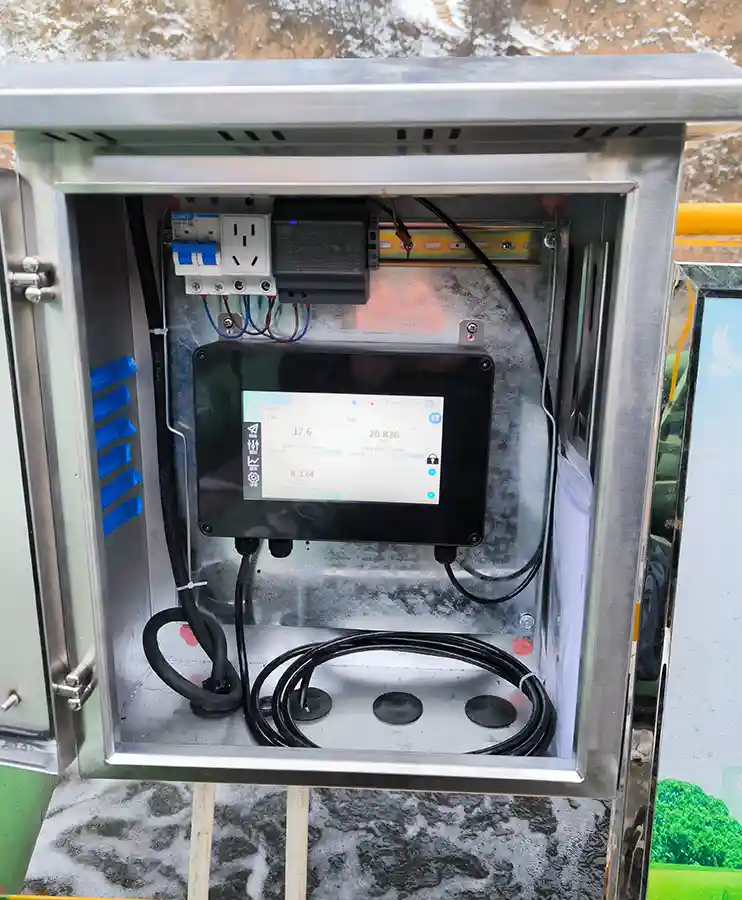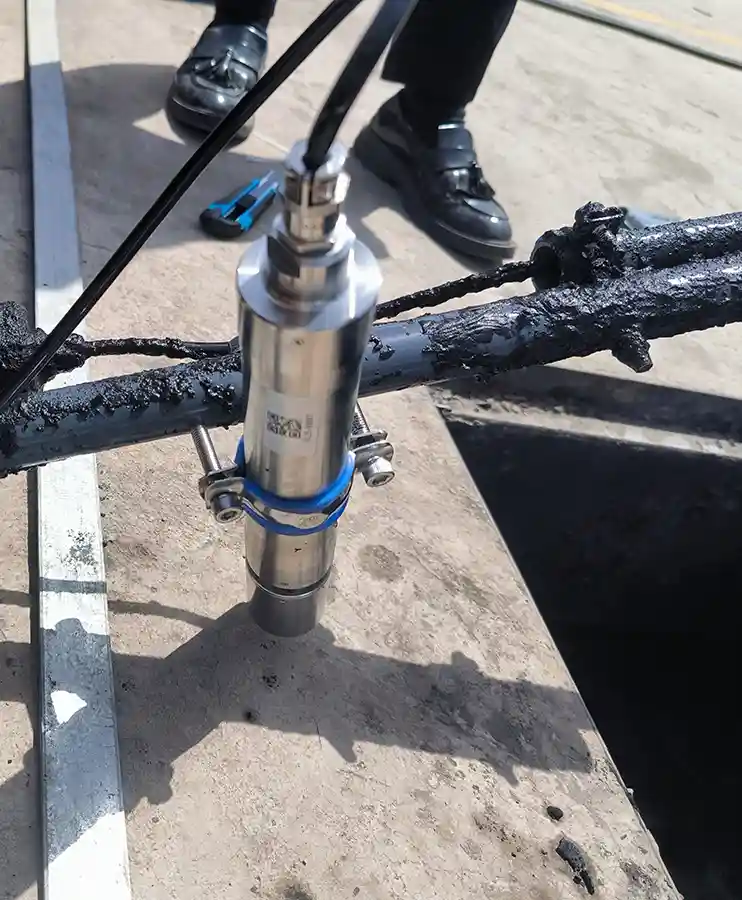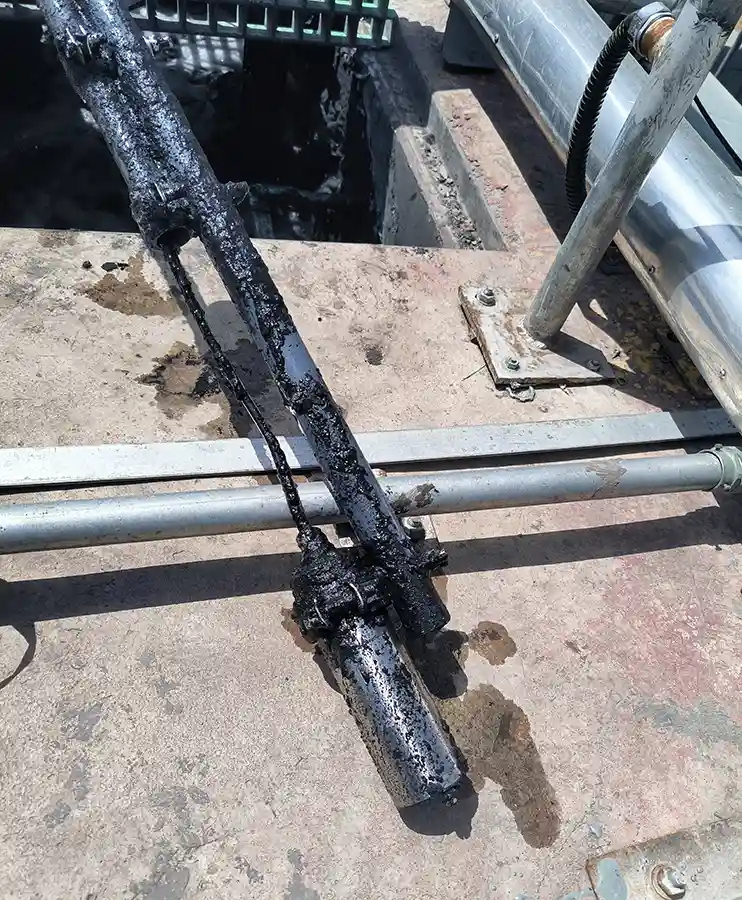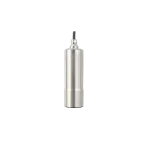Coal Mine Wastewater Leakage Monitoring
Application background
Location: Coal Mine, Shaanxi, China
In the traditional water quality monitoring mode, which relies on manual sampling and laboratory analysis, data acquisition has apparent lags, and intermittent monitoring is typically achieved only every few hours or even days. This low-frequency monitoring method cannot achieve all-weather water quality monitoring, resulting in difficulties in the timely detection of sudden sewage leakage incidents. When the monitoring equipment finally triggers the alarm, pollutants have often been discharged for a long time, and a large amount of sewage has entered the natural environment, causing irreparable ecological damage. At the same time, the lag in governance work has expanded the scope of pollution spread, which not only increases the difficulty and cost of subsequent governance but is also likely to have a long-term impact on the downstream water ecosystem and the safety of residents’ water use. This passive and responsive monitoring method can no longer meet the real-time requirements of modern environmental governance.
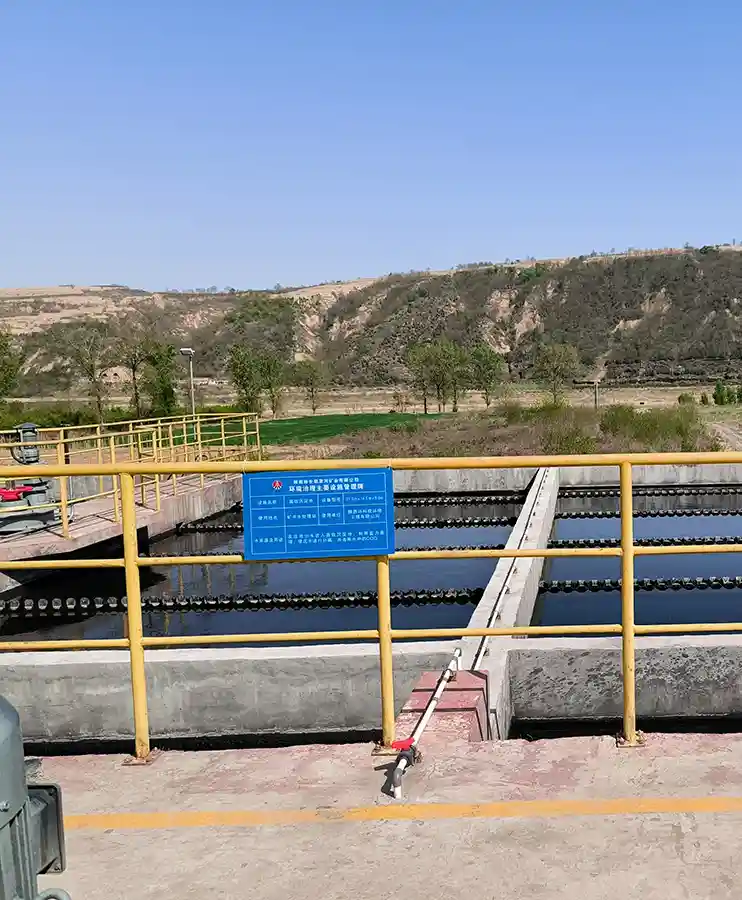
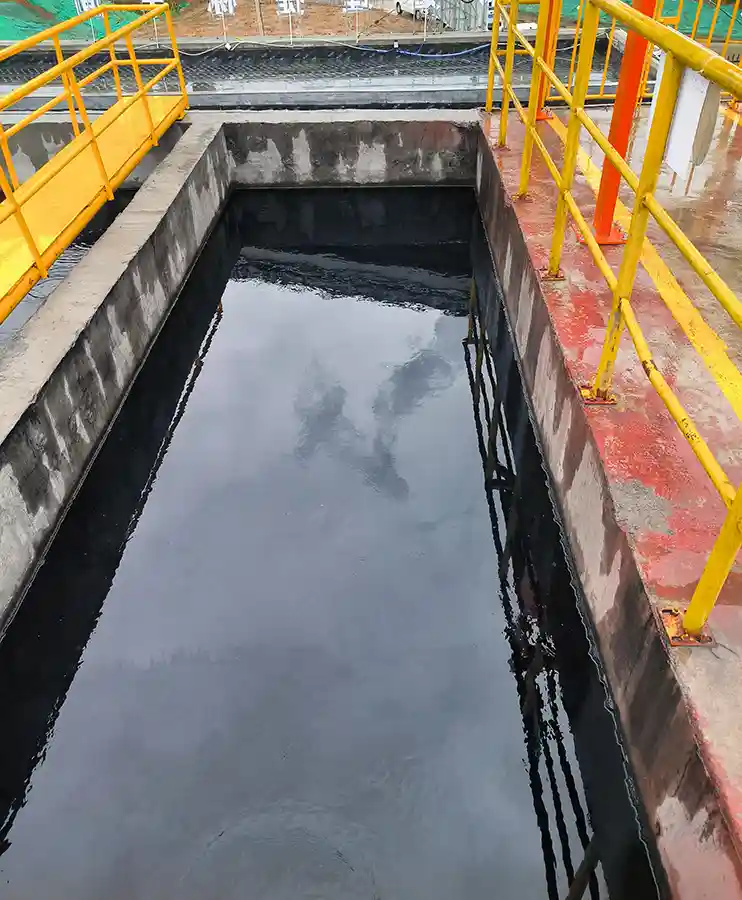
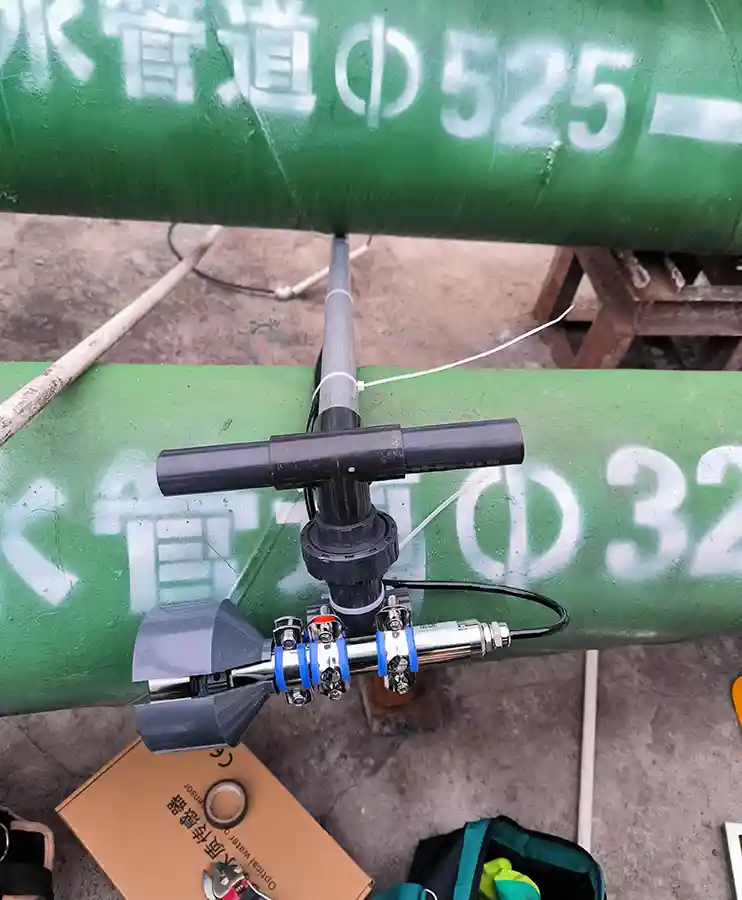
Solution
Optical water quality sensors, with their fast response characteristics, can detect water quality parameters in milliseconds, enabling accurate 24-hour uninterrupted real-time monitoring. This type of sensor is based on the principle of spectral analysis and can instantly reflect changes in pollutant concentrations in water bodies through changes in the absorption, scattering, or fluorescence characteristics of light of specific wavelengths. Its continuous monitoring capability can fully record the dynamic fluctuation process of water quality. Once abnormal data is detected, the system can trigger a multi-level alarm mechanism within seconds and simultaneously issue warnings through sound and light alarms, SMS push notifications, platform pop-up windows, and other means. Compared with traditional monitoring methods, optical sensors not only considerably shorten the response time window from pollution occurrence to alarm, but also can construct a complete water quality change curve through high-frequency data collection, providing accurate data support for pollution tracing and emergency treatment, and effectively solving the pain point of the lag of traditional monitoring methods.
Data of typical coal mining water Turbidity monitoring


